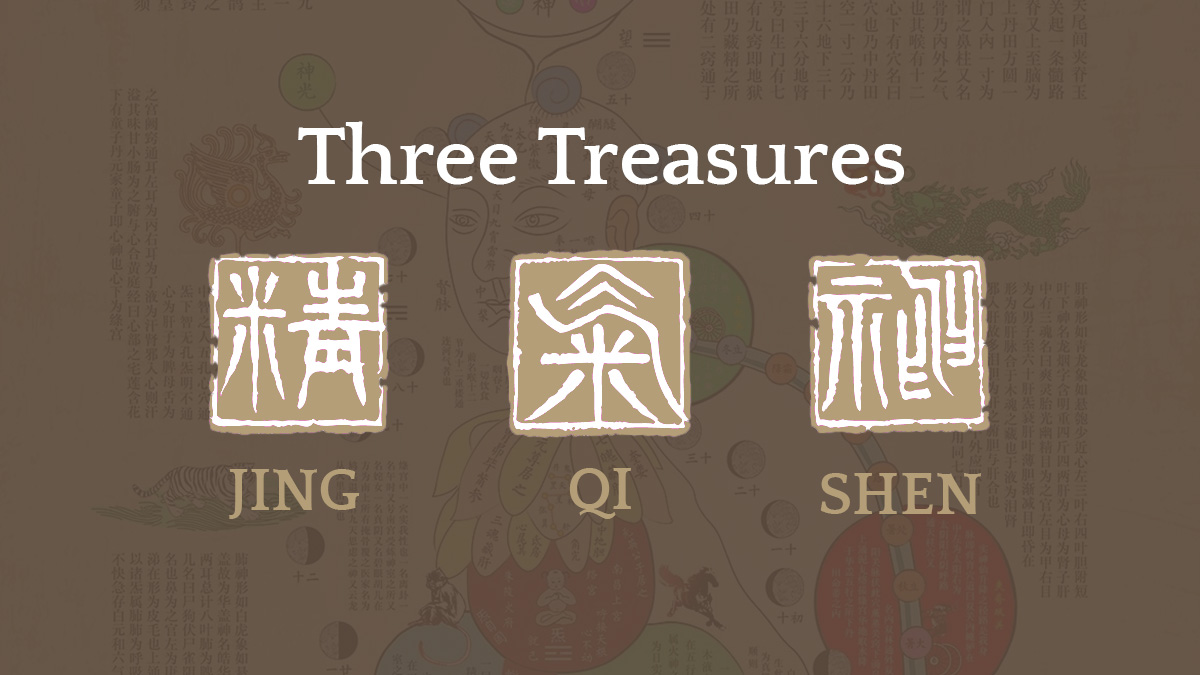The Three Treasures—Jing (精), Qi (氣), and Shen (神)—are the essence, energy, and spirit of human life in Taoism. They appear in classical texts and remain central to Qigong practice today, guiding the cultivation of health, balance, and spiritual growth.
What Is the Difference Between Tai Chi and Qigong
Tai Chi (Taijiquan) and Qigong are two ancient Chinese practices often seen side by side in parks, retreats, and wellness programs. Both feature slow, mindful movements, deep breathing, and a meditative quality that makes them accessible to people of all ages. Yet, they are not the same.
Qigong Explained: What It Is, How It Works, and Key Health Benefits
Benefits, Meaning, and How to Practice. Explore the meaning, health benefits, scientific evidence, and spiritual depth behind Qigong, an ancient energy cultivation practice rooted in Traditional Chinese Medicine, Taoism and Buddhism. This guide covers how Qigong works, who it is for, and how to begin your own journey through breath, movement, and awareness.
Qi, Prana, and Ki: What Is Vital Energy in the East and How Does Qigong Cultivate It?
In this article, we explore the concept of vital energy as understood in Chinese, Indian, and Japanese traditions—known respectively as Qi, Prana, and Ki. We’ll discover how practices like Qigong help us cultivate this life force to restore balance, health, and connection with our true nature.
Qigong Meditation for Beginners
What is Qigong Meditation? Traditional Meditation versus Qigong Meditation, what are the differences? Modality. Tips for beginners.





